The development of new materials in dentistry has significantly impacted patient oral care. According to Kapoor et al. (2020), these advancements have led to improved esthetics and the replacement of traditional materials with more efficient options.
In this article, we explore various new materials in dentistry and their effects on patient care.
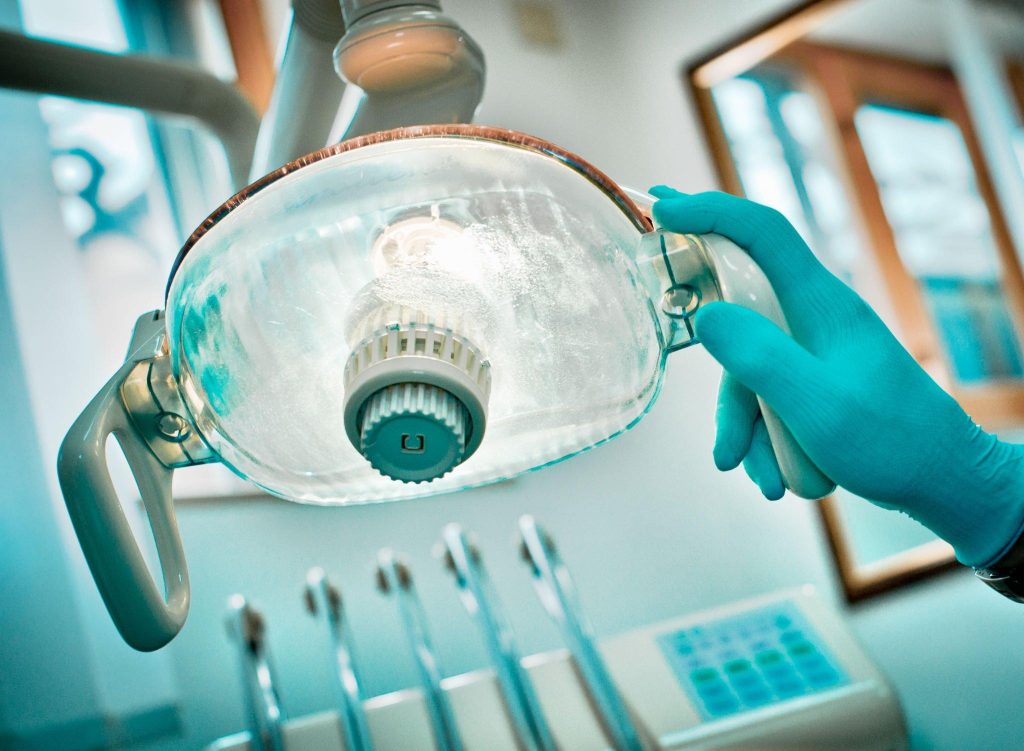
Evolution of Dental Materials
From Traditional to Modern Materials
The shift from conventional materials like amalgam to advanced options like reinforced ceramics has revolutionized dental treatments.
Key Developments:
- Aesthetics and Functionality: Enhanced esthetic appeal and functional efficiency in dental restorations.
- Material Diversity: Introduction of diverse materials catering to different dental needs (Bayne, Ferracane, Marshall, Marshall, & van Noort, 2019).
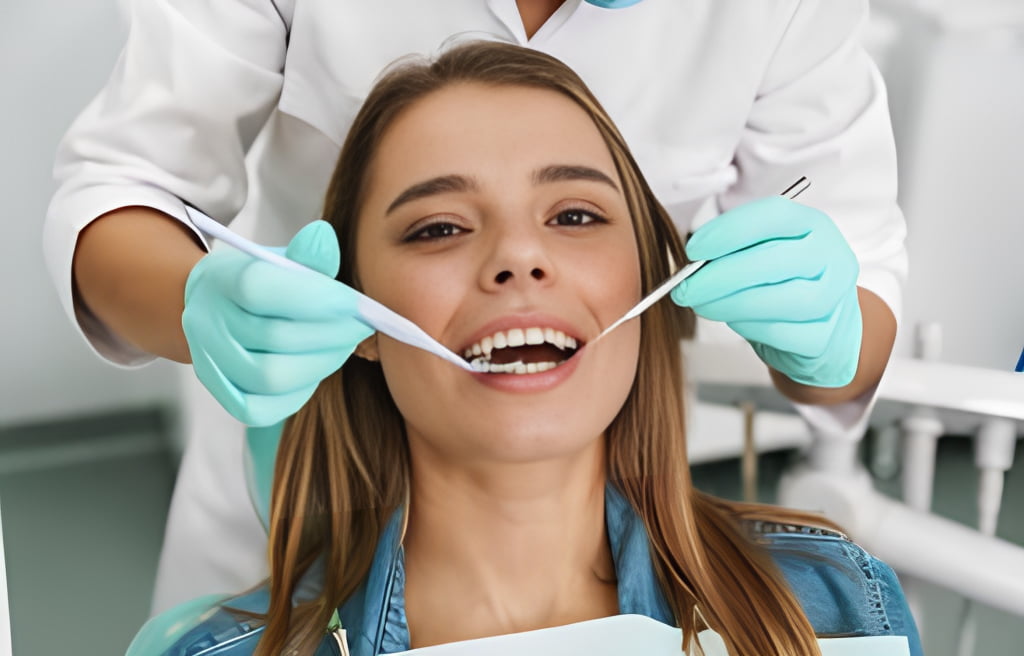
Impact on Treatment Delivery
Revolutionizing Dental Care
The advent of new materials has transformed treatment delivery, making procedures more efficient and patient-friendly.
Improvements in Treatment:
- Cosmetic Orthodontics and Implants: Advanced materials enhancing cosmetic and implant dentistry.
- Microbiological Advancements: Improved treatment outcomes with better materials (Sinha, 2009).
Advancements in Restorative Materials
Towards Bioactive and Smart Materials
The focus on bioactive and smart materials in restorative dentistry has led to better clinical outcomes and patient satisfaction.
Notable Advancements:
- Chitosan and Nanodiamonds: These materials offer enhanced properties for dental restorations (Mulder, Grobler, Moodley, & Perchyonok, 2015).
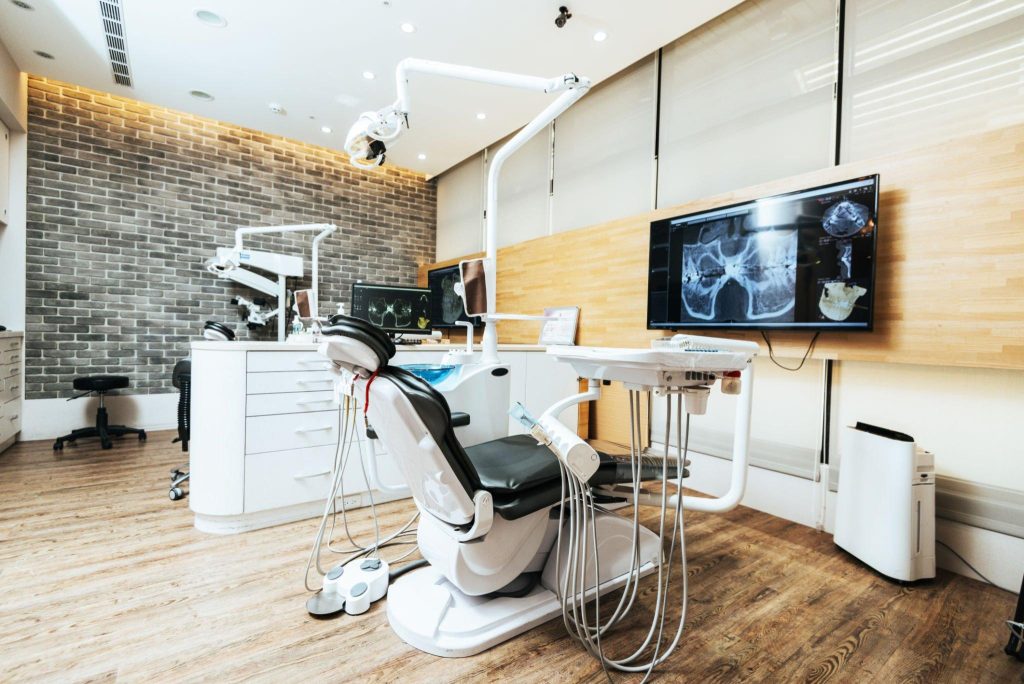
Challenges and Limitations
Balancing Innovation and Practicality
Despite the advancements, there are limitations in developing new dental materials, particularly concerning their impact on oral tissues.
Key Limitations:
- Assessment of Impact: Evaluating the impact of new materials on oral tissues to avoid toxicity or side effects (Nammour, Zeinoun, Yoshida, & Brugnera Júnior, 2016).
Biomimetic and Smart Materials
The Future of Dental Procedures
Biomimetic materials and smart materials in dentistry promise groundbreaking procedures with dramatically improved clinical outcomes.
Future Materials:
- Biomimetic Approach: Mimicking natural tooth structure and function.
- Smart Material Applications: Materials that respond to stimuli like pH changes for improved dental care (Aggarwal et al., 2022).
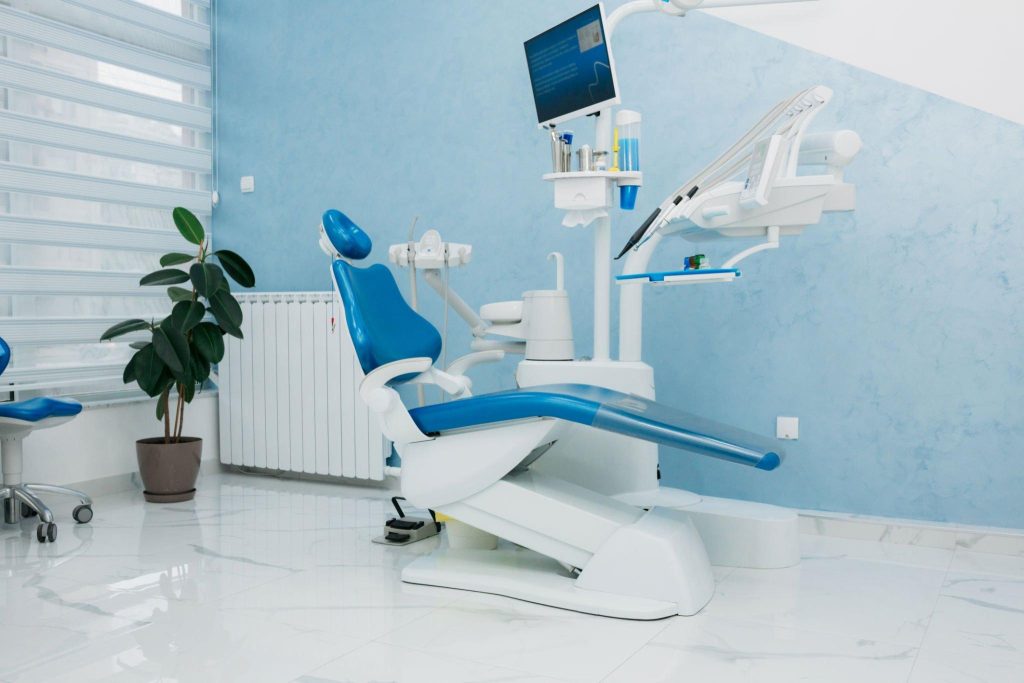
Tissue Engineering in Dentistry
Restoring and Improving Oral Tissues
Tissue engineering using scaffolds, cells, and biologically active molecules is a new technique in dentistry that aims to restore or improve damaged oral tissues.
Tissue Engineering Applications:
- Scaffolding Techniques: Creating structures for tissue regeneration.
- Biologically Active Molecules: Using molecules for dental purposes (Zheng, Wang, & Ru, 2019).
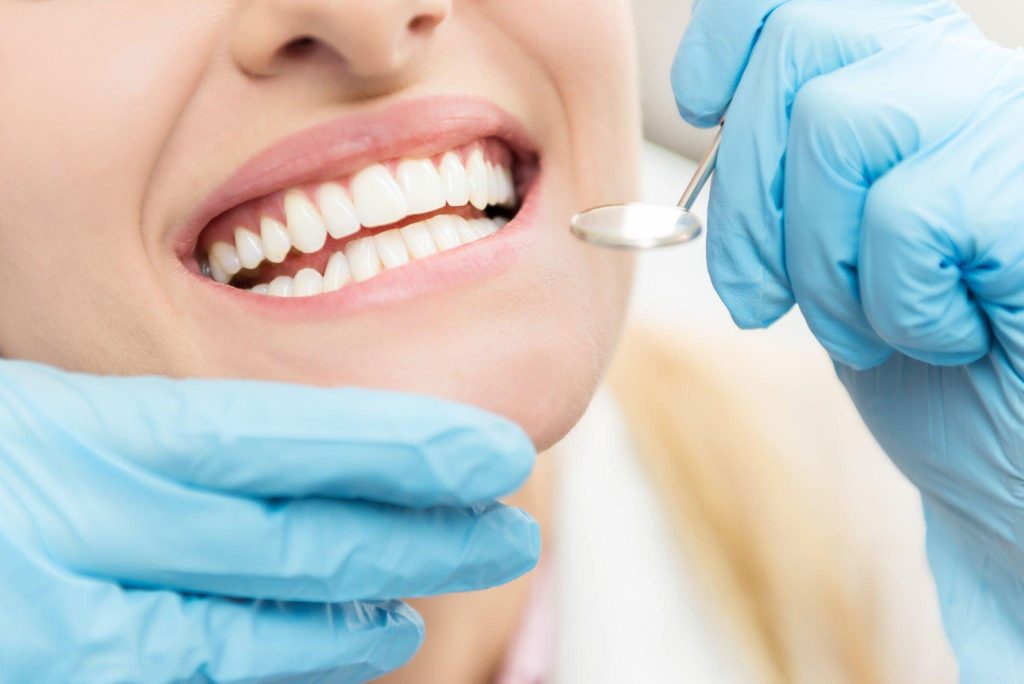
Bioactivity and Biocompatibility
Ensuring Patient Safety and Effectiveness
While new materials promote exciting claims, their bioactivity, and biocompatibility are essential for ensuring patient safety.
Considerations:
- Interaction with Living Structures: Understanding how new materials interact with oral tissues.
- Conservative Replacement: Careful consideration in replacing old materials with new ones (Owens & Phebus, 2018).
Smart Nanoparticles in Dentistry
Enhancing Preventive and Restorative Care
Smart nanoparticles offer advantages in various dental applications, making them beneficial for preventive and restorative care.
Nanoparticle Benefits:
- Improved Properties: Enhanced mechanical and aesthetic properties.
- Various Applications: Use in preventive dentistry, endodontics, and periodontal diseases (Vasiliu et al., 2021).
Conclusion
Advancements in oral health materials have significantly impacted the field of dentistry, leading to improved patient care and satisfaction. As research continues, these new materials promise to further revolutionize dental treatments, making them more effective, efficient, and patient-centric.
